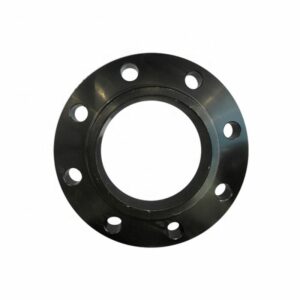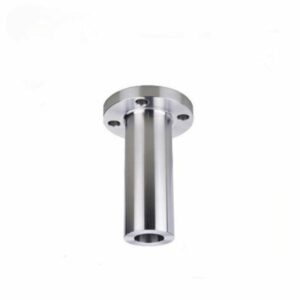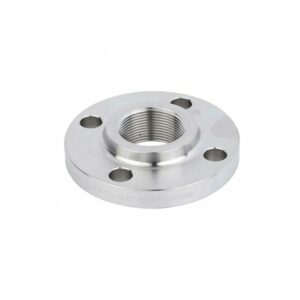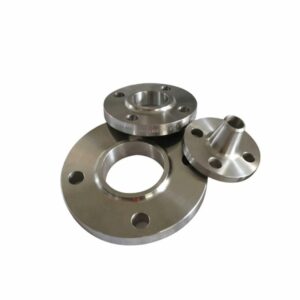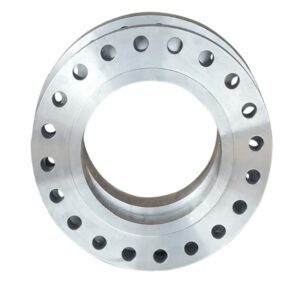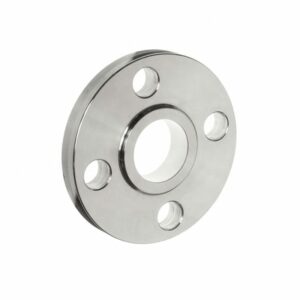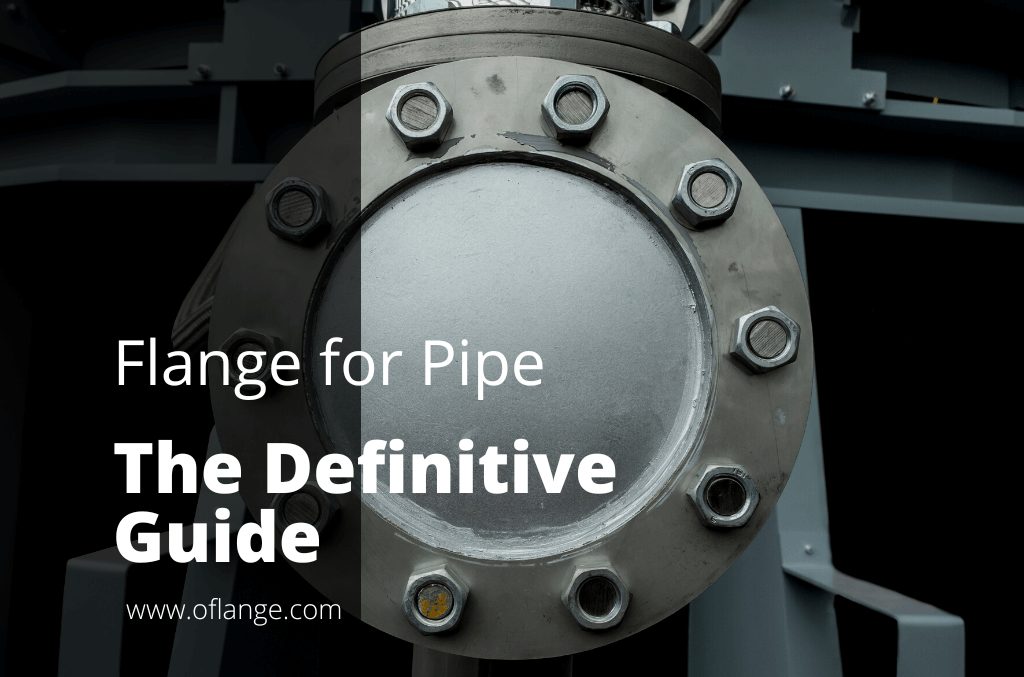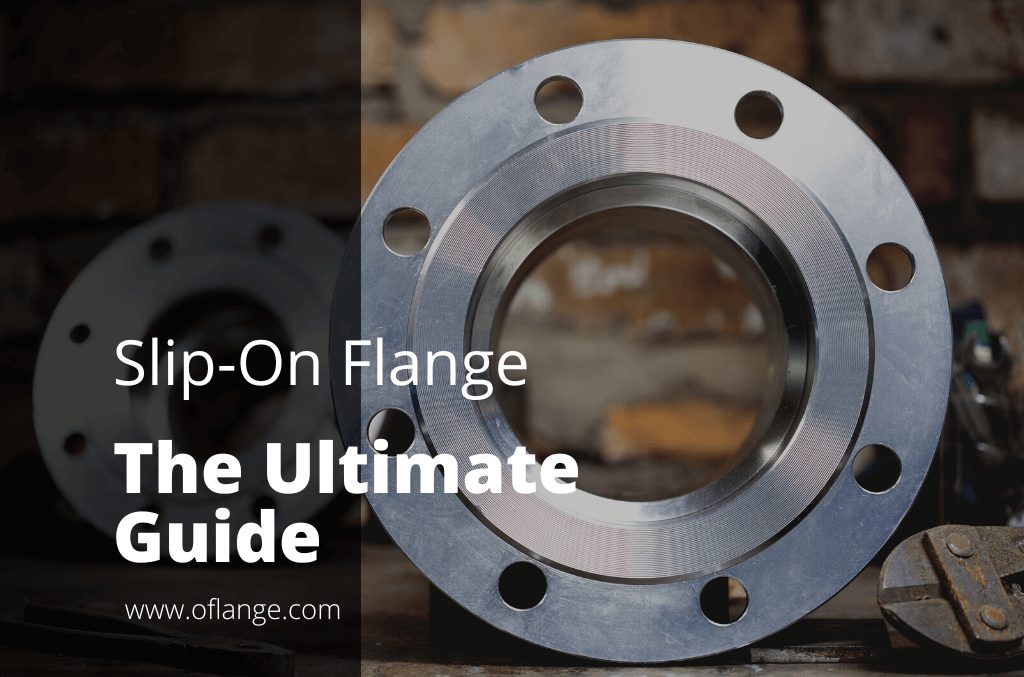PRODUCT FEATURES
BSP Flange Manufacturer to Rocket Your Business
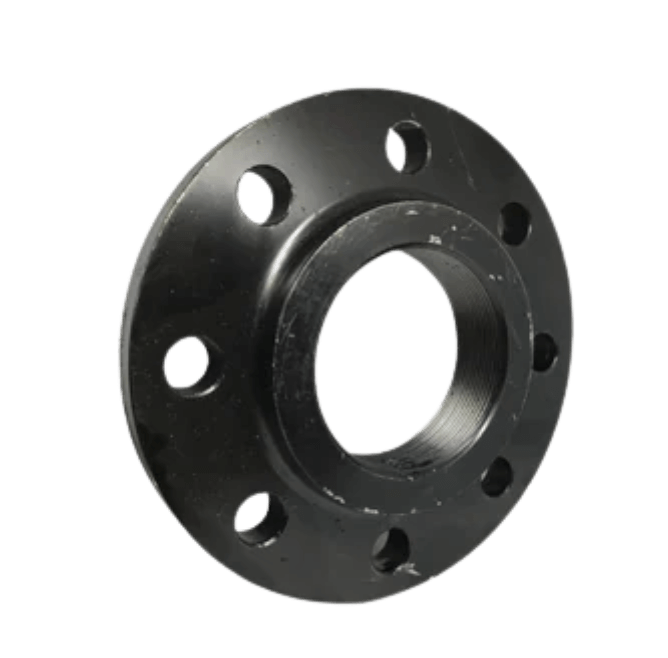
PRODUCTS
Proud To Offer A Wide Variety Of Flanges
If you are looking for something specific that isn’t listed on our website yet, just contact us today!

ABOUT US
Who Is Oflange.com
oflange.com have seen that today there are also many flange companies in China & internationally. However, their solutions were still stuck a few years ago.
In fact, we have been upgraded in recent years, and oflange.com hope our smart and flexible solutions can inject fresh blood into this market.
PARTNER
Who Trust Us





BUYER’S GUIDE
Everything You Need to Know About BSP Flange
BSP flanges are an important part of many piping systems. But what are they, and what do you need to know about them?
If you’re in the business of manufacturing or transporting fluids, you’ll need to know about BSP flange fittings. BSP stands for British Standard Pipe, and these fittings are used to connect pipelines and valves.
In this post, we’ll cover the basics of BSP flanges, including their common applications and the different types available. Plus, we’ll provide some tips for selecting the right BSP flange for your needs. Let’s get started!
Table of contents
1. What Is a BSP Flange
A BSP flange is a fitting used to connect pipelines and valves. It is made of metal or plastic and features a circular opening that allows it to be attached to other fittings. BSP flanges come in a variety of sizes, and they are classified according to their diameter.
BSP flanges are commonly used in the transportation of fluids, and they are often found in piping systems for automobiles, aircraft, and other machinery. They are also used in the construction industry, where they are used to connect hoses and pipes.
When selecting a BSP flange, you must consider the size and type of pipe you are using. You should also make sure that the flange is compatible with the type of fluid you are transporting.
2. Applications of BSP Flange
The BSP flange is a type of flange that is used in conjunction with pipes. It is specifically designed to join two pipes together and create a seal that prevents leakage. It is available in a variety of sizes, making it a versatile option for many applications.
Some of the most common applications for the BSP flange include:
| Water Distribution | This type of flange is perfect for connecting water pipes and ensuring a watertight seal. It is also ideal for use in residential and commercial settings. |
| Chemical Processing | This type of flange is ideal for connecting pipes carrying corrosive chemicals, as it offers a high degree of resistance to corrosion. It is also resistant to other forms of wear and tear, making it a reliable option for long-term use. |
| HVAC Systems | This type of flange is perfect for connecting airducts and other piping together. It offers a reliable seal that prevents leakage, making it an ideal option for use in high-pressure environments. |
| Refining and Petrochemical | This type of flange is perfect for connecting pipes carrying petroleum products, as it offers a high degree of resistance to corrosion. It also offers excellent heat resistance, making it an ideal choice for use in high-temperature environments such as oil refineries. |
| Energy Industry | This type of flange is perfect for connecting pipes carrying fuel or other combustible materials. It offers a high degree of safety, making it ideal for use in hazardous environments. |
There are many applications for the BSP flange, making it a versatile option for many different settings. When choosing a BSP threaded flange, be sure to select the size that is best suited for your needs.
With its reliable seal and resistance to corrosionand wear and tear, the BSP flange is a great choice for many different applications.
3. How To Identify a BSP Flange
A BSP flange is a type of iron transport pipe fitting that is used to join two pipes. It is important to be able to identify a BSP flange to ensure that you are ordering the correct part. There are several ways to identify a BSP flange.
Here are some of the most common ways:
The Flange Face
One of the easiest ways to identify a BSP flange is by looking at the flange face. The flange face is the flat surface on the end of the pipe that the bolts go through. They have a distinctive profile that is not found on other types of flanges.
The Bolt Circle
The bolt circle is another way to identify a BSP flange. The bolt circle is the diameter of the circle that the bolts go through. BSP bolt circles are a bit smaller than other types of flanges.
The Threads
The threads are another way to identify a BSP flange. BSP threads are narrower and more tapered than other types of threads.
By following these simple steps, you can easily identify a BSP flange and make sure you are ordering the correct part. It is important to identify the BSP flange that you need before ordering it so you can get the right one for your project.
4. Types of BSP Flanges
In industrial piping, flanges are used to join two pipes of different diameters or shapes. Flanges are usually made of metal, and come in many shapes and sizes. There are many different types of BSP flanges, each with its unique specifications.
Some of the most common types of BSP flanges include:
Threaded Flange
A threaded flange is a type of BSP flange that has screw threads on its inner diameter. This type of male threaded flange is used to join two pipes that have the same diameter. The BSP threaded flange can be tightened with a nut to create a seal between the two pipes.
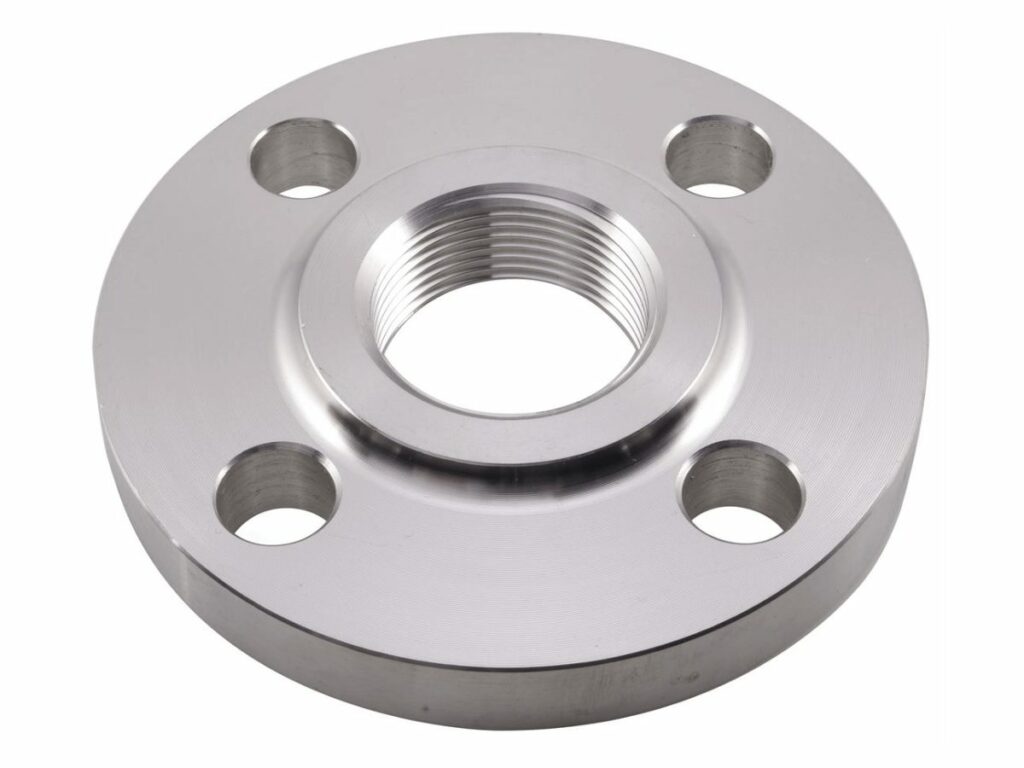
Socket Weld Flange
A socket weld flange is a type of flange that is welded to the pipe using a socket weld. This type of flange is usually used in high-pressure applications, as it provides a strong seal and can withstand high levels of stress.
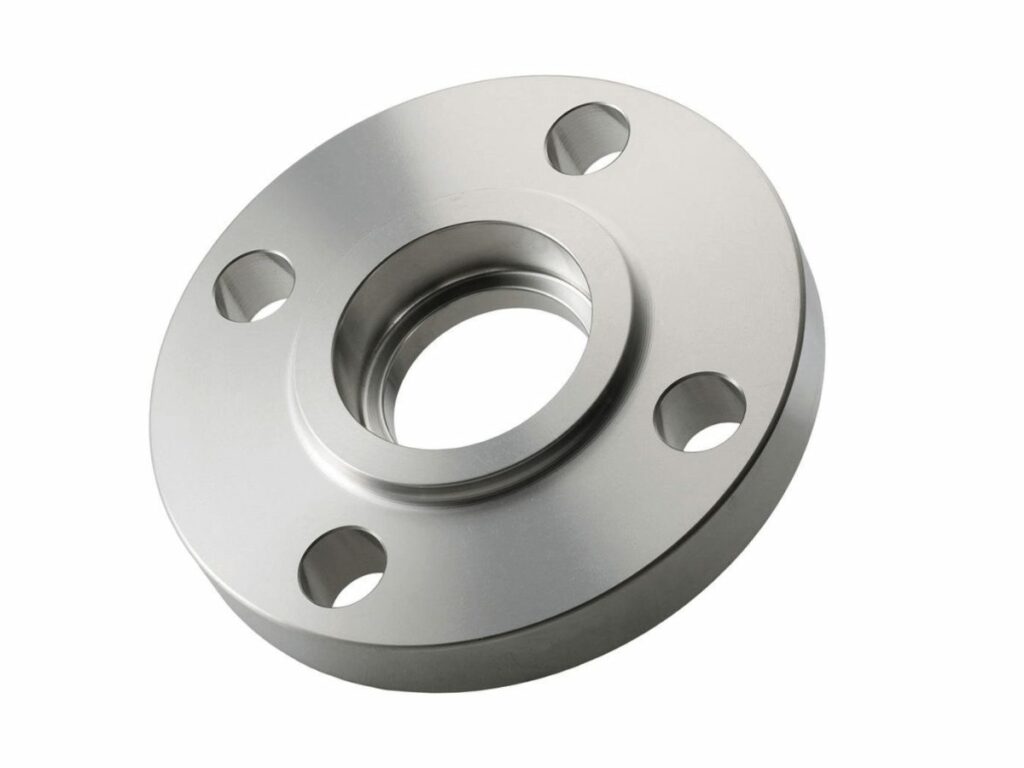
Slip On Flange
A slip on flange is a type of flange that is attached to a pipe by slipping it over the pipe. This type of flange is often used in low-pressure applications, as it is less secure than other types of flanges and can be easily dislodged.
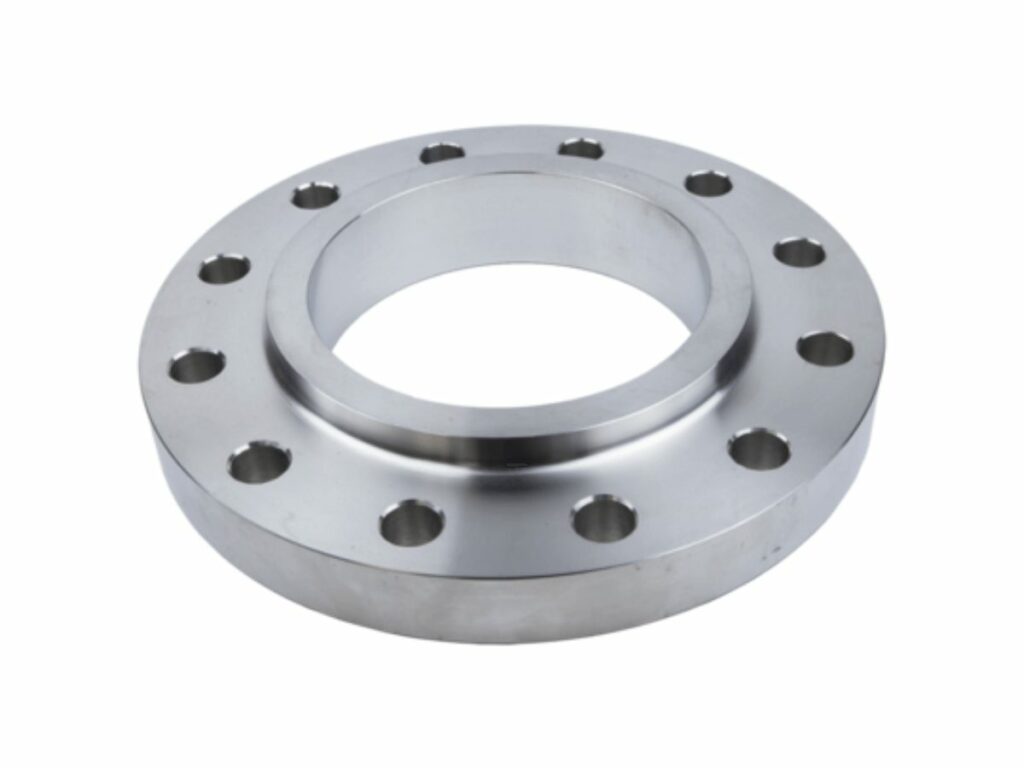
Lap Joint Flange
Lap joint flanges are a type of flange that is attached to a pipe by overlapping the ends of the pipe and welding them together. This type of galvanized flange provides a strong, leak-proof seal and is often used in high-pressure applications.
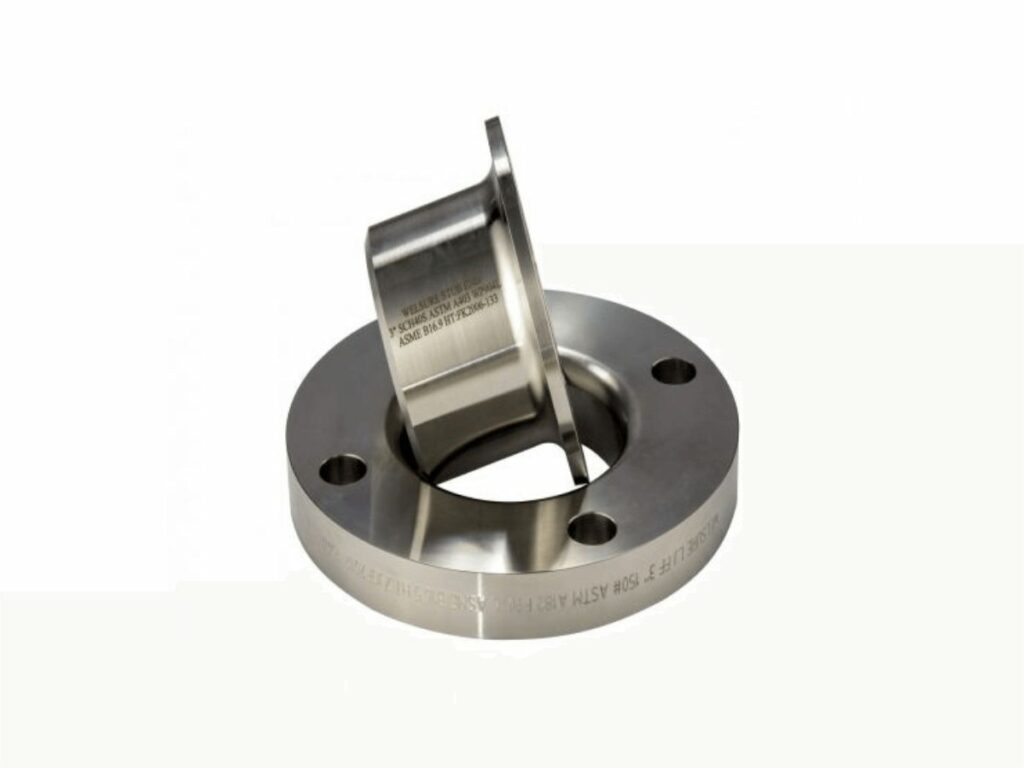
Blind Flanges
A blind flange is a type of flange that is used to seal the end of a piping system. This type of flange has no opening and is used to prevent fluid from escaping the system.
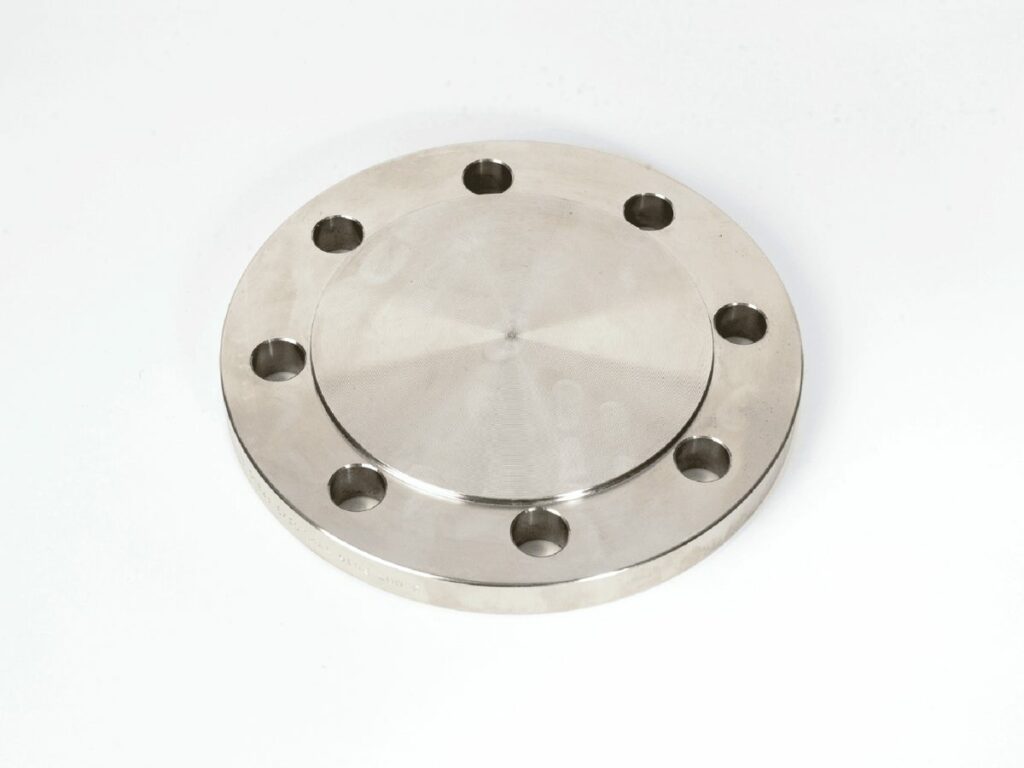
Each of these flanges has its own set of specifications that must be met for them to be used safely in industrial piping systems. It is important to understand the differences between these types of flanges so that you can select the right one for your application.
For more categories, checkout Oflange we offer a wide selection of flanges to meet your needs. We also deliver nationwide, so you can get the BSP flange you need wherever you are.
5. Process on Installing a BSP Flange
Installation of a BSP flange is a straightforward process that can be completed in a few simple steps.
Here are the steps you will need to take:
Step#1 Locate the BSP Flange on the Pipe
The BSP flange is located at the end of the pipe and is used to connect different types of pipes. It is important to make sure that you locate the BSP flange properly before installing it.
Step#2 Cut the Pipe
Use a hacksaw or other type of cutting tool to cut the BSP flange off the pipe. You must cut through both sides of the BSP flange so it will not fall off during installation.
Step#3 Install BSP Flanges
You should now install BSP flanges on each end of your pipe. You should make sure that BSP flanges fit tightly around the pipe and then secure them by tightening BSP bollards with awrenchor other type of tool.
Step#4 Install BSP Flange Bolts
The BSP flange bolts are used to secure the bsp flanges in place. You should install these bolts by using a socket wrench or other type of tool.
Step#5 Tighten the BSP Flange
Use a wrench or other type of tool to tighten the BSP flange. Make sure that you apply even pressure so the flange is properly secured.
Overall, the installation of a BSP flange is a relatively simple process that can be completed in a few short steps. Make sure to follow these steps carefully to ensure proper installation.
6. 3 Tips for Maintenance and Care for a BSP Flange
To ensure your flange continues to operate smoothly and lasts as long as possible, be sure to follow these tips for proper maintenance and care:
#1 Keep the Flange Clean
Make sure to regularly clean any dirt or debris from the surfaces of the flange. This will help to prevent corrosion and ensure good seal performance.
#2 Inspect for Damage
Periodically check the flange for any signs of damage, such as dents, scratches, or pitting. If you find any damage, repair it immediately.
#3 Lubricate the Flange
Apply a light coating of lubricant to the surfaces of the flange where they come into contact with each other. This will help to reduce friction and wear between the mating surfaces.
By following these tips, you can keep your BSP flange in good working condition and reduce the likelihood of leaks.
7. Potential Problems With Using a BSP Flange and Its Solution
It’s important to be aware of potential problems that could arise when using a BSP flange. Here are three common issues and their solutions:
Leaks
The most common problem with the BSP flange is leakage. Leaks are caused by the BSP flange not being properly seated or when there’s not enough torque applied to the connection. To solve this, make sure that the BSP flange is cleaned before tightening and use a BSP flange gasket sealant on it as well.
Misalignment
Misalignment can occur when the BSP flange is not properly aligned with the pipe it’s connected to. This can cause leaks and other problems. To prevent this, be sure to align the BSP flange correctly before tightening it.
Damage
Damage may occur when the BSP flange is not cleaned properly or if there are sharp objects around the BSP flange. To fix this, use a BSP flange gasket sealant before tightening the connection.
Overall, BSP flanges are a great way to make sure your project runs smoothly and efficiently. However, you must take care of them properly so they don’t cause any problems later on down the line.
8. Sizes of a BSP Flange
A BSP flange is a type of flange that is used in piping. It is a round plate that is used to connect two pieces of pipe. The BSP flange has a hole in the center that allows it to be attached to the pipe. It also has a series of screw threads that allow it to be attached to the other pipe.
A BSP flange is available in a variety of sizes, allowing you to find the perfect fit for your needs. The most common sizes are 1/2 inch, 3/4 inch, 1 inch, and 1-1/4 inch. However, BSP flanges are also available in 2 inches and 3-inch sizes.
If you’re not sure which size is right for you, consult with a plumbing professional. They will be able to help you find the perfect flange for your needs and ensure that it fits properly. Don’t forget to factor in the thickness of your pipe when selecting a BSP flange size!
9. Cost of a BSP Flange
A BSP flange can cost anywhere from $15 to $200, depending on the size and material. For a standard stainless steel BSP flange, you can expect to pay around $50.
If you need a custom BSP flange made out of a specialty alloy or material, the price will be higher. There are a few things to consider when purchasing a BSP flange.
The size and type of pipe you’re using will determine the size of flange you need, so be sure to measure correctly. You’ll also need to choose the right material for your application.
Materials like stainless steel and brass are corrosion-resistant, while cheaper materials like galvanized steel are not. When shopping for a BSP flange, be sure to compare prices and find the best deal.
Threaded galvanized pipe UK offers BSP flanges at a competitive price in different countries like Australia, Canada, India, and many more. You can also buy BSP flanges online or from a hardware store.
Read reviews and ask questions before making your purchase. For more information contact us at Oflange.
If you want to know the basics of flanges, watch this video.
10. Conclusion
So there you have it – everything you need to know about the BSP flange! If you have any questions about BSP flanges or need help finding a supplier, please don’t hesitate to call us at Oflange. We would be happy to assist you further.
